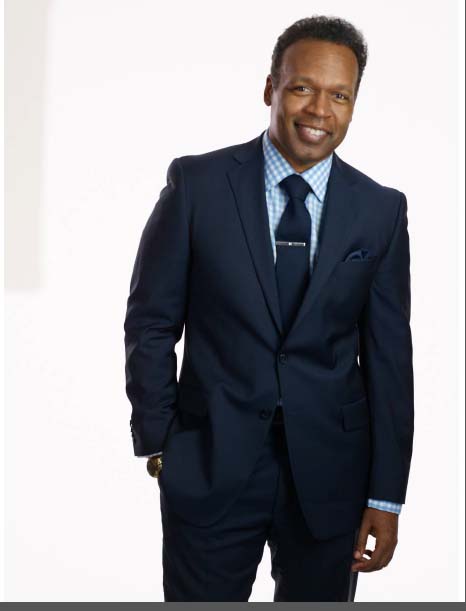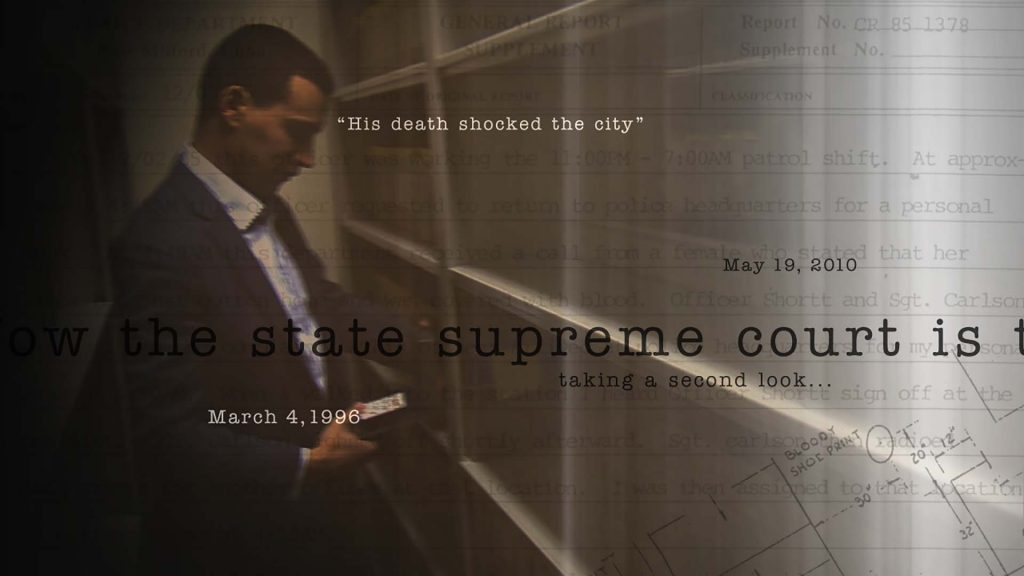When Byron Harmon got his job running the 10 O’Clock News at Fox 5 New York (WNYW-TV) six years ago, his marching orders were clear: “My CEO said, ‘I don’t want to see the same thing that I’m seeing on other TV stations.’”
Easier said than done, especially when you have a loyal audience that likes things the way they are and a newsroom used to replicating the tried-and-true. Harmon remembers suggesting a story early on about his new umbrella, which looked exactly like a samurai sword when closed and got him a lot of strange looks, even in New York City. “No reporter wanted to do the story,” he says. “They were like, what is this story? This is crazy. This is not news.”

Harmon is the news director now, and the mantra remains the same: go your own way. “On a good day, I would say we create maybe seven to eight totally enterprise stories that no other station will have.” You may not think of distinctive story selection and storytelling as bold. But you should. For Harmon, who previously worked at both the NBC and CBS stations in town, stretching the familiar formulas is the way to break away from the pack without breaking the mold. Like other news leaders on the broadcast side, he walks a fine line between innovation and expectation.
Harmon created something he calls the ICU, which stands for the Innovation and Creativity Unit (not the Intensive Care Unit as I secretly hoped), charged with generating longer stories, franchises, and specials. Lisa Evers is a well-known New York radio personality who also does reports for the station, and her radio show Street Soldiers has been adapted into a weekly TV program that replaces the last half-hour of the 10 PM newscast every Friday. Reporter Dan Bowens started digging through true-crime cold cases in the station’s files to create a new podcast; that’s become a TV special called The Tape Room. A globe-trotting videographer and model showed up with a trove of footage that became World Citizen with Fitz Henley. A mis-diagnosed case of Lyme disease spawned an ongoing series of reports and specials called Lyme & Reason. While digitizing the station’s film and tape archive, Harmon’s team was inspired to create a new project called Fox 5 Flashback that resurrects decades-old stories from the station’s past, such as its reporting on New York’s notorious 1970’s dance club, Studio 54. (This hit home for me, as I worked for “Channel 5” a million years ago in my first job out of college, when it was a proud and gritty independent station.)
Harmon calls the typical morning editorial meeting, in which the assignment manager reels off items from the daybook and the morning papers, “the bane of any local newsroom.” (Our Lab colleague Frank Mungeam recently wrote about this problem in his essay, “Want Newsroom Innovation? Start With a Stop List.”) At Fox 5 New York, anyone who wants to come is invited to the morning meeting. “My whole goal is to have absolute total contribution by everybody in the newsroom,” says Harmon.“I started bringing a gong to the meetings. And I would pitch a story. Even if people didn’t want to do my story, I’d say ‘Gong or not?’ And they’d say ‘Gong!’ It was really difficult at first. Now, so many people contribute in our meetings, I can’t even get my stories in sometimes.”
Despite the theatrics, Harmon admits he had to be “part coach, part guru” to drive change at the station. “Why are you even here? We don’t work at an assembly line. We get to sit in this room, and think about something amazing. And at five o’clock, our thoughts are on TV. That’s an amazing responsibility. It’s an amazing job.”

Harmon encourages his team to come up with stories that reflect the richness and diversity of everyday life in New York. He doesn’t like the word “feature” and claims the newsroom has stopped using the term. “Because news is news. Any story we put on the air is news. If you don’t know about it, it’s going to spark a thought that you’re going to learn something, or be entertained by it. It’s information. We won’t call it a feature. They’ll say ‘It’s a Fox 5 story’ or ‘This is the kind of story that we do.’ When I started to hear that, I started to feel like, wow, we have definitely changed the culture here.”
But to change the culture, Harmon first had to fight the fear of experimenting and taking risks that’s all too common in newsrooms. “There’s some mythical journalism police out there that prohibits people from taking these chances,” he says. “People think ‘Oh, this isn’t how it was done before. So if we do it, we’re going to get in trouble.’ Who are you going to get in trouble with? I’m the news director, I’m telling you, you’re not going to get in trouble. I’m going to absorb any heat that’s going to come from above, which it won’t because we’re experimenting, as long as we’re not damaging the brand. So let’s go for it.”
In fairness, Harmon does have supportive bosses in General Manager Lew Leone and Fox’s top station brass. Moreover, Harmon blends his experiments into familiar-looking formats that won’t chase away viewers expecting, well, a newscast. “We don’t want it to be jarring to you,” he says, “I don’t want you to come in and say ‘Oh my God, this is crazy, it’s all over the place.’ But when you take a look at how the story was written, the story selection, where we place it in the show, there’s a lot of care and a lot of thought taken into consideration for that. And therein lies the magic.”
Where’s the “magic” in your core broadcasts? Let us know at cronkitenewslab@asu.edu, so we can share it.